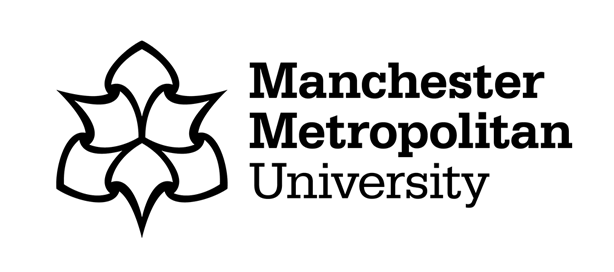
Hello everyone! In a general sense, the focus of my PhD research is plotting intersections between urban theory, architecture, and poetry. More specifically, I hope to investigate how and why a geographically urban poetry can impact and inform neighbouring fields of study.
My fascination with poetry foregrounded by cityscapes developed while working on my Masters in Creative Writing. At the time, however, I felt that my own writing was lacking direction, that my fixation with rendering cities in verse had me going in circles.
It wasn’t until I began to research my thesis proposal that a heading emerged. In our contemporary moment of hostile architecture, military-industrial complexes, and the marginalisation of urban communities, I found an enticing call to action from Newcastle University’s Steven Graham.
Graham’s book, Cities Under Siege: The New Military Urbanism, introduced me to the idea of the countergeography – a formation of discourse, art, and / or spectacle that challenges the orthodox or systematically-enforced perception of an urban landscape.
While a poem may lack the quantitative power of a census or logical survey, I believe it holds immense qualitative value as a means to understand those that live in cities and how their surroundings influence them.
Likewise, if we can create poetry that highlights the failings of our modern environment, then we can certainly wield it to imagine a better one. Even if the landscape of a poetic countergeography is fantastic or beyond normal sight, the emotions and the dreams it can produce are undoubtedly real.
Now, in honour of World Poetry Day, I’d like to briefly preface a poem and then leave you to enjoy it without additional rambling. Helen Dunmore’s “Geneva” takes us to the past rather than the present.
Famous for the legal accords which bear its name, this poetic Geneva is a geography characterised by violence and generational sacrifice directly at odds with our modern preconceptions.
Similarly, the denizens of her poem are not merely inhabitants or actors: they are fixtures, supplying the literal foundation of this landscape. Organs, ornaments, nature, and furniture weave together into a chimerical mesh that transcends lifetimes of lived experience.
Reading it once more, I contemplate the ways in which we solidify in our landscapes – what parts of ourselves are left behind or absorbed into a place. As you read, I invite you to ponder the same:
Geneva
City of burghers and freedom fighters,
city without hinterlands,
November burns bright
on the Rhone pouring down snow
over the city of walled-up fighters.
Next to the glassy leaders,
a statue of Zwingli,
next to the nugget of glass
in the heart, ‘our country
free from the Empire’.
Bone, liver and lights
join at the sheer table.
Little cancerous atoms
burn bright.
City without hinterlands
imagining 1812
and the retreat from Moscow,
Geneva, gin-clear
city of burghers and freedom fighters,
whose army has flapped off
from the immortal mantelpiece
coated with good Genevese messages,
whose Swiss guards stand at the Holy See
holding our squeezed breath,
fill their hearts up with rain, their livers with rain,
streak their document cases with rain,
fill their borrowed households with raindrops and buckets,
sink their hearts in a river brimming with peppermint,
let washed gobbets of paper
flower in overflows,
let the scarred seams of their skins,
their ageing diseases, their birthmarks
wash them away, make rivers of them
with slow, broad drops on the hart’s-tongue fern
and slow, broad drops on the wet leaves
of the city of burghers and freedom fighters –
gin-clear Geneva.


